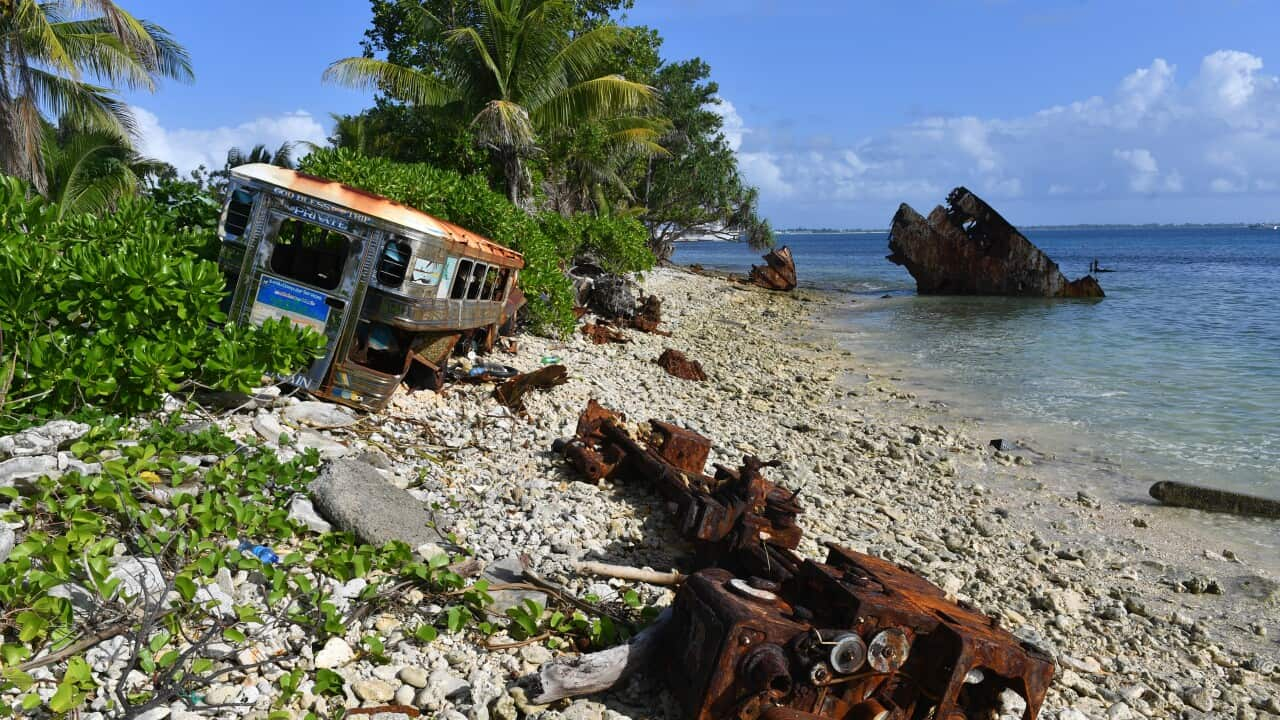More than half a million properties across Australia will effectively become uninsurable this decade due to climate change, a new report has warned.
The Climate Council says the nation is in the grip of an escalating insurance crisis as the cost of cover becomes unattainable for properties most at risk of climate-fuelled disasters.
New modelling suggests that by 2030 one in every 25 properties nationally could be without cover either because it might be refused or will be financially out of reach.
That's 3.6 per cent of all Australian properties, or 521,000 sites in total.
Queensland is expected to be the most uninsurable state, with 6.5 per cent of its properties exposed to that fate.
NSW was next on 3.3 per cent, South Australia 3.2 per cent, Victoria 2.6 per cent, the Northern Territory 2.5 per cent, Western Australia 2.4 per cent, Tasmania 2 per cent, and the ACT 1.3 per cent.
The analysis married data about damage from past disasters, including bushfires, flooding, coastal inundation and extreme wind with modelling on future climate impacts.
Riverine flooding was deemed to pose the biggest threat, nationally.
The report coincides with the release of a new digital map that allows users to enter their suburb, council area or electorate to understand local climate risks.
Users can see forecast impacts based on low, medium and high emissions scenarios in 2030, 2050 and 2100. Currently, the world is on a high-emissions pathway.
Economist and report author Nicki Hutley says the tool drives home the effects of climate change on a personal level while also illustrating how property risks drop in line with stronger action to reduce emissions.
"Obviously if you've been through the floods and fires it's a lot more real, but those of us who haven't been directly exposed may think of climate change as a broader threat, rather than something that's tangible to us.
"If people can see their homes are at risk of being uninsurable - even for people who now have insurance - it's a really sharp message."
Elly Bird is an independent on the Lismore City Council. Her days are still dominated by the enormous task of getting the northern NSW city back on its feet after its worst floods on record this year.
The riverine flooding came less than two years after a rain bomb - the kind scientists warn will become more frequent with climate change - sat over the city and flooded it in a different way.
She says the insurance crisis is already unfolding in Lismore.

An aerial drone view of houses surrounded by floodwater on March 31, 2022 in Lismore, Australia. Source: Getty / Dan Peled/Getty Images
"Someone the other day said they had the option to increase their premium to include floods but it was an extra $30,000 a year. That was for a residential policy and that person wasn't even in the flood zone."
Ms Bird says the temperature in her community, and others hit by climate fuelled disasters, is rising as the nation prepares to elect the next federal government.
"Communities feel abandoned and let down in the wake of multiple disasters where the government just seems to not get it right, and not respect and acknowledge the root cause of why these severe and traumatic experiences keep happening to us."
The Insurance Council of Australia says no part of Australia is currently uninsurable but acknowledges cover can be costly in at risk locations.
It says the next federal government, along with state and territory governments, must boost investment to make communities more resilient.












